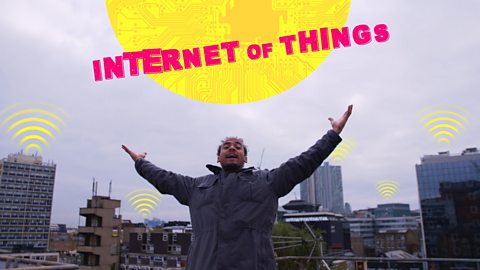A film about the fundamental principles of encryption: Dev asks how we can send secure messages over an insecure system like the internet.
With the help of two teenage Instant Messaging Service users, Lissy and Maya, he explains the basic principles of symmetric & asymmetric encryption.
The film also considers the ethical impact of digital technology and has some basic advice about E-safety.
Teachers Notes
This could be used to start a class discussion about the recognition of inappropriate content and using technology safely, respectfully, responsibly and securely.
This could be used to introduce the fundamental principles of encryption and the challenges of sharing keys and maintaining their secrecy. They could design their own basic encryption keys - a public key to encrypt messages, which may be shared widely, and a private key to decrypt messages, which is known only to the owner.
Curriculum Notes
This clip will be relevant for teaching Computer Science. This topic appears in OCR, Edexcel, AQA, WJEC KS4/GCSE in England and Wales, CCEA GCSE in Northern Ireland and SQA National 4/5 in Scotland.
More from the series Computer Science: Problem Solved
Using 3D visualisation technology for online shopping. video
Can computational thinking and digital innovation solve the problem of high returns in online clothes retailing?

Using programming to find lost pets. video
ΒιΆΉΤΌΕΔ Radio 1 presenter Dev visits an Animal Rescue Centre and asks if computational thinking can help solve the problem of lost pets.

Problem Solved: Big Data. video
ΒιΆΉΤΌΕΔ Radio 1 presenter Dev visits a Smart City for a film about the Internet of Things and large scale data collection and analysis.
